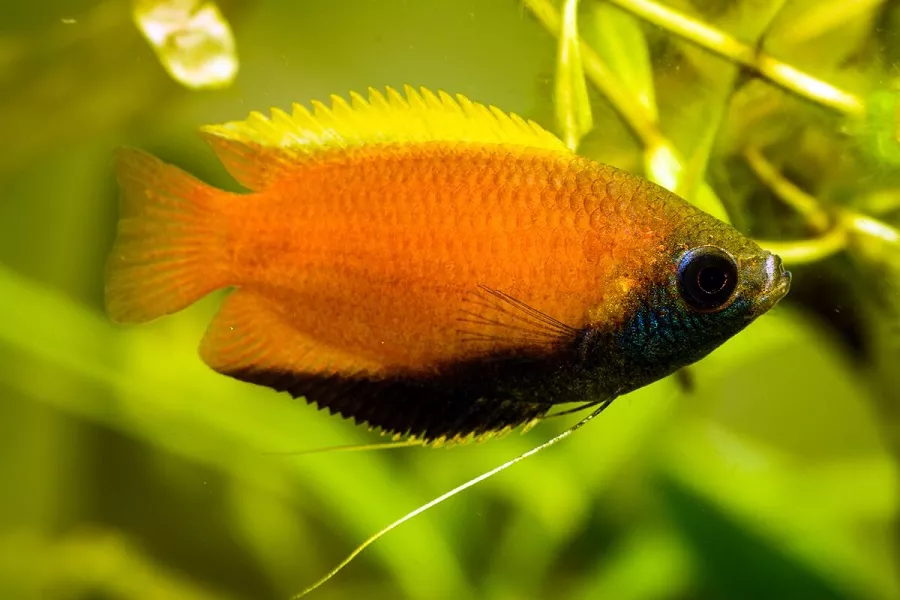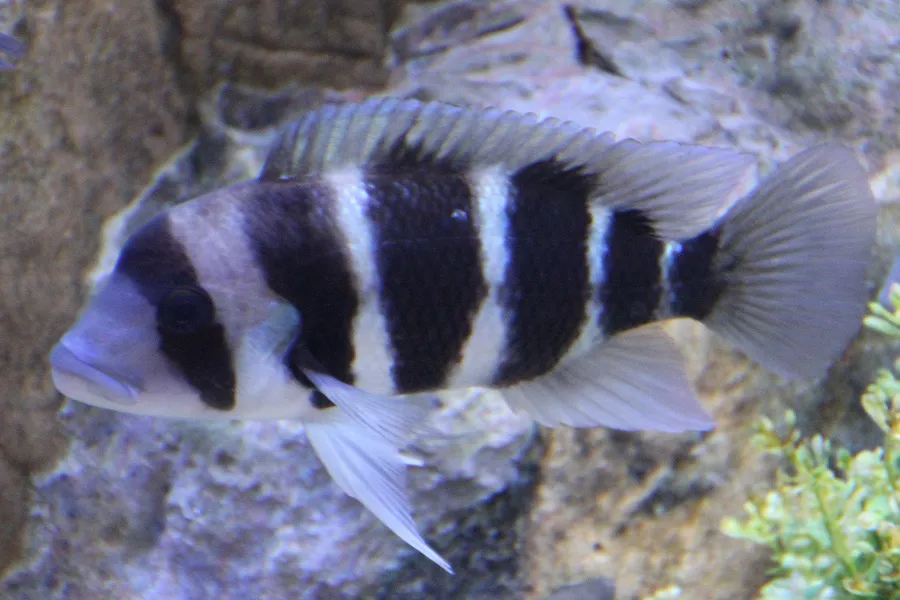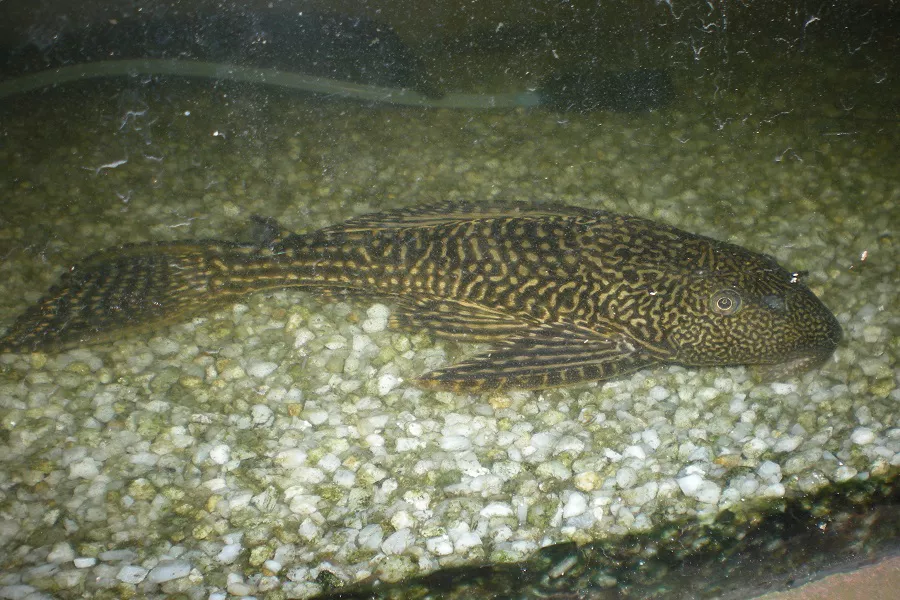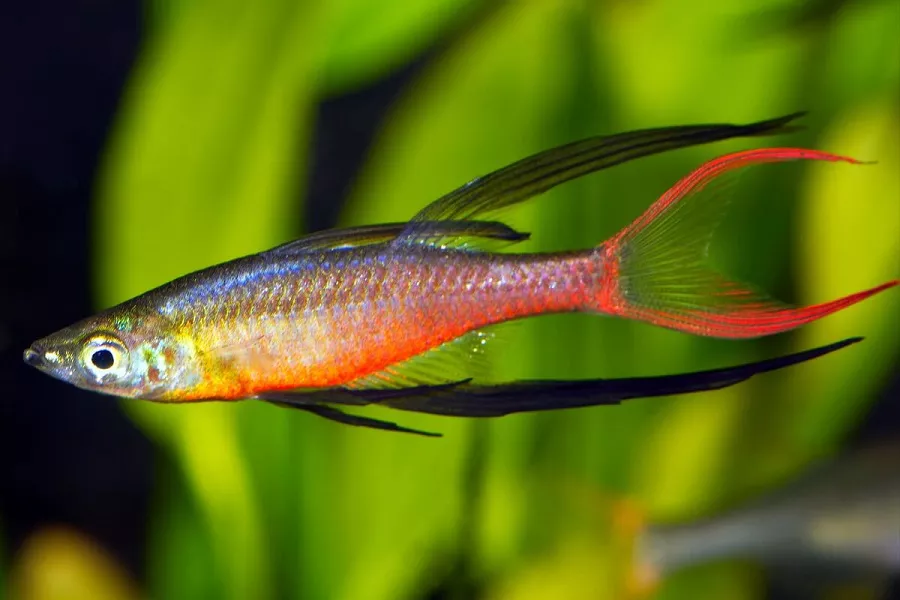What is honey gouramis?
Lili fish Chinese name: Colisa lalia. Aliases: peach core fish, small cichlid, honey perch, galami fish. Origin: Northeastern India in Asia. It is the smallest member of the genus Anabantidae in the family Anabantidae. Nicknames: Honey gouramis, Duarf gourami (dwarf high Latin America).
What does honey gouramis look like?
The cichlid is 5 cm long, oblong in shape, flat on the side, big head, big eyes, and warped mouth. The male body is red, orange, and blue. The head is orange, with black eyeballs and red eye rims, and there are blue spots on the operculum; the trunk has orange-blue stripes. The dorsal fin, anal fin, and caudal fin are decorated with red and blue spots with red edges; the female fish is darker in color, silver-gray, but also decorated with colorful stripes, the color is wonderful and entertaining. The pelvic fin has evolved into two filaments.
honey gouramis living habits
The suitable water temperature for cichlid to live in is 21-30°C, and the optimum water temperature for growth is 23-26°C. The requirements for water quality and bait are not harsh. They prefer clear old water. Because they are very timid, more aquatic plants and stones should be installed in the water. Blocks for their sheltered perches. Gentle in nature, when happy, he often sprays water for fun. It is suitable for mixing with gentle and quiet fish.
It is not clear whether it is because of years of domestic breeding or individual differences. Some cichlids are very courageous and can interact with their owners and never hide. When you put your hand into the fish tank to clean the sand or trim the water plants, Lili will turn around and bite you a few times when she’s happy, and she won’t be able to drive away. In addition, lily fish will also eat small fish and shrimp such as black line flying fox and cherry shrimp in the same tank.
honey gouramis rearing
The cichlid often sticks its head out of the water to swallow air, and then quickly swims into the water to breathe out small bubbles. This tropical fish is kind but timid, especially for the first few days in a new aquarium, and tends to hide in corners and not come out to forage if not starving. When encountering people approaching, they will immediately scatter to all corners of the aquarium to take refuge. Cowardly, cichlids like to live in the gaps and behind the water plants and stones, and are afraid of strong light, often hiding in the dark. Therefore, the aquarium must be planted with more aquatic plants or large grasses, which can provide them with a suitable hiding place and reduce the fright that the fish often suffer. Cichlids prefer to live in high temperature waters, so the aquarium needs to be placed in a place where there is little sunlight.
This kind of fish does not have strict requirements on water quality, but prefers clear old water. They are not demanding on bait and do not choose food, and can be fed with dry feed and live bait.
Cichlids are mild-mannered and can be kept with other identical tropical fish. When the outside world is quiet and there is no interference, the fish will swim from the bottom to the water surface, and the water sprays make a “click” sound during swimming. It is actually less oxygen in the water, and the amount of oxygen it absorbs in the water is less, and most of it relies on the gills. The labyrinthiform organ replaces the gas so that it can breathe oxygen directly from the air on the surface. So it can live well in waters with low oxygen content, or when the fish is lifted out of the water, as long as it is not too long.
Reminder: For more knowledge about tiger fish, arowana, australian lungfish, please pay attention to: mtedr.com, to provide you with types of aquarium fish and fish care.


























